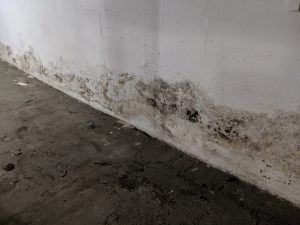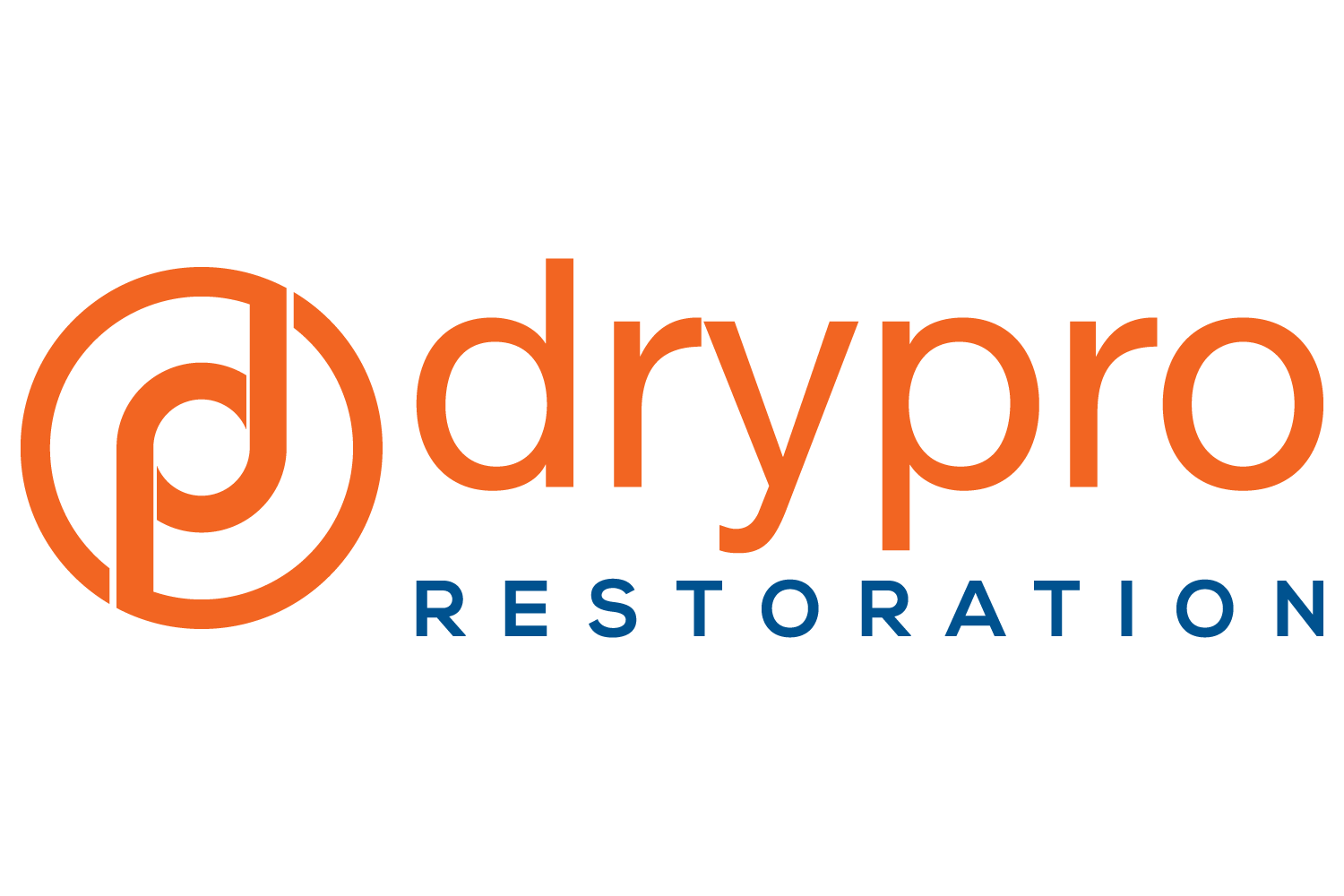3 Ways Flood Water Can Damage a Home
3 Ways Flood Water Can Damage a Home
Flooding can introduce hundreds of gallons of water into a house in a short period. The water damage that occurs can destroy building materials and contents. This raises the risk of secondary damage, such as mold growth. Learn about three potential risks flood water can pose to your home in Livingston, New Jersey.
Read below on 3 ways flood water can damage a home.
Saturating Building Materials
Flooding can saturate any porous floor, such as carpet or wood. The materials will need significant cleaning and restoration or replacement. Absorbent materials used in buildings, such as drywall and insulation, may also get ruined by exposure to black water. Disinfectants may not penetrate enough to eradicate contamination. This can lead to mold growth and cause flood odor to linger.
Ruining Contents
The contents of a house may become contaminated, stained, or destroyed by water damage. Items below the standing water line are likely to suffer the most damage. Removal of items from a flooded structure to an offsite facility for cleaning and drying can be necessary. The likely restoration of the materials is more successful. Hard, nonporous materials are also easier to restore than porous materials.
Causing Secondary Mold Damage
Timely removal of standing water is essential. High moisture levels may have already supported the start of mold growth. Mold may start growing house within as little as 24 hours up to 72 hours after the damage has occurred. Depending on the extent of flooding damage, this growth may be visible or hidden behind walls.
The longer water is left standing at a home in Livingston, New Jersey, the more likely building materials and contents are to become ruined. The greater the risk of secondary mold damage becomes. You should contact skilled storm damage and restoration professionals. We will extract standing water and clean, disinfect and dry water damage in your home.

Basement flood with mold
Recent Posts

